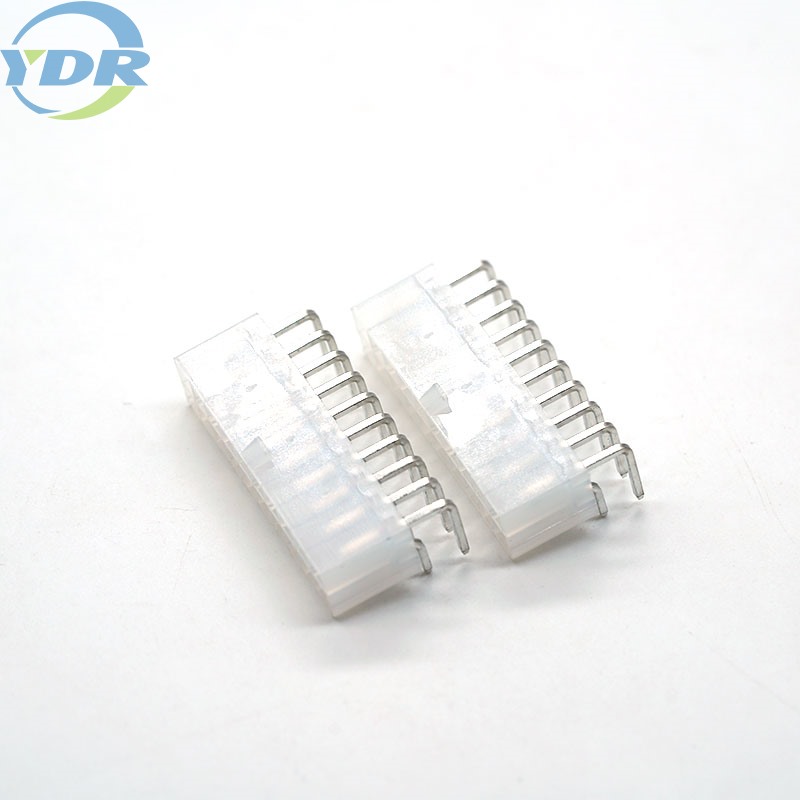What is a circuit board socket in electronics?
2023-10-16
In electronics, a circuit board socket is a device used to connect electronic components, such as integrated circuits (ICs), to a printed circuit board (PCB). It provides a removable and replaceable interface between the component and the PCB, allowing for easy installation, removal, and replacement of the component.
The socket typically consists of a base, which is mounted onto the PCB, and a socket housing that holds the component. The housing contains a series of electrical contacts or pins that align with the corresponding pins on the component. These contacts establish an electrical connection between the component and the PCB.
Circuit board sockets serve several purposes:
1. Facilitate component replacement: Sockets enable easy removal and replacement of components without soldering. This is particularly useful for ICs, as they can be sensitive to excessive heat during soldering.
2. Testing and debugging: Sockets allow for convenient testing and debugging of components. By using a socket, a faulty component can be easily swapped out with a known working one for troubleshooting purposes.
3. Upgradability: Sockets provide a means to upgrade or interchange components without the need for desoldering. This is often employed in situations where technology advances rapidly or when different components may be suitable for a particular application.
4. Prototyping and development: During the prototyping and development stages of electronic devices, sockets are commonly used to accommodate frequent changes and iterations of components.
It's important to note that while sockets offer convenience, they introduce additional electrical resistance and can affect the overall performance of the circuit due to their inherent limitations. Therefore, they are not always suitable for high-speed or high-frequency applications where signal integrity is critical.



